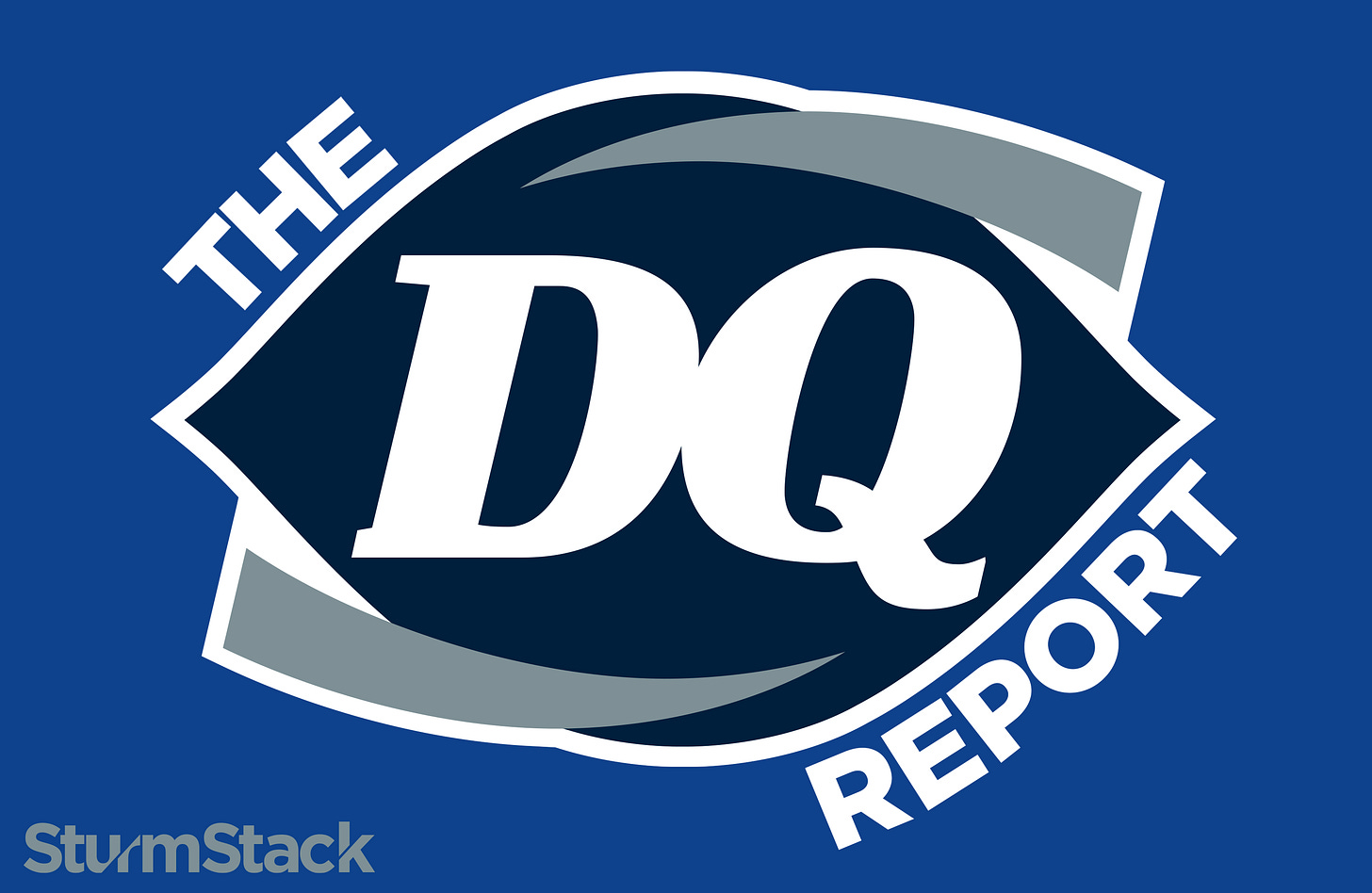DQ Report, Wildcard - Beaten same way again
Dallas and DQ is unable to match the size and strength of bigger personnel groupings.
As we wrap up the defensive season today, questions arise about the thought process behind the Dallas Cowboys' strategies. Specifically, Dan Quinn is under scrutiny, but it's also pertinent to inquire about the perspectives of Mike McCarthy, Jerry Jones, Stephen Jones, and Will McClay, along with the entire defensive staff. The fundamental and glaring question is:
How did you find yourselves so unprepared for what was seemingly destined to be your downfall?
If we adhere to the football wisdom that "styles make fights," it's perplexing that the Cowboys' defensive structure was tailored to counter one offensive style but proved inadequate against the more prevalent one. The team appeared ill-equipped to handle what should be considered basic, and the most damning aspect is that it occurred repeatedly throughout the season.
Allow me to elaborate.
In the modern game, organizing your 11 defenders to thwart various threats begins with selecting the types of players to field—step one. Subsequently, the focus shifts to where to position them, their intended roles, and the disposition with which they play. While often overlooked, the composition of the team, from the heaviest 330-pound nose tackle to the lightest 180-pound slot corner, allows for an extreme lean in either direction. A defensive coach might opt for eleven slot corners, creating the smallest defense ever, or eleven nose tackles for the largest one.
The NFL has undergone significant changes from the era when 21 personnel (2 RB, 1 TE, and 2 WR) was considered "regular" in the 1980s and 1990s. Back then, it was the default setting for almost every NFL offense, with 11 personnel (1 RB, 1 TE, and 3 WR) viewed as a change-up, not the norm.
Times have evolved considerably. In 2024, 11 personnel is not just the new "regular"; it is the default personnel by a substantial margin. Out of 34,331 plays in the NFL this season, 21,351 (62.2%) featured 3 WRs. Additionally, of the 180,382 yards gained this season, 114,639 (64%) came from plays in 11 personnel.
Dallas strategically geared its defense to counter this trend. They possess an ideal defense for 11 personnel and execute it proficiently, ranking among the league's best at handling smaller groupings. If that was the opposition's strategy, there were no issues. The Cowboys excel with small pass rushers, numerous defensive backs, and lead in playing dime defense (6 DBs) by a significant margin. To put it in perspective, they played dime 60.8% of the time, with the next highest, Pittsburgh, at 23.2%.
In a nutshell, if you knew the Cowboys were employing a diminutive defense at an extraordinary rate, wouldn't the most logical approach be for an opposing coaching staff to exploit that weakness? The Cowboys' reluctance to adapt to bigger offensive formations, such as multiple tight ends (12 or 13 personnel) or the resurgence of the fullback (21), becomes evident. The fundamental principle, akin to weight classes in combat sports, is that size matters in displays of strength. When a 205-lb linebacker contends with a 245-lb tight end or a 315-lb guard, sustaining the challenge for three hours becomes unlikely.
This predicament forces Dan Quinn to concede and switch to a more robust defensive personnel to counter 12 or 21 personnel. Most defenses swiftly transition from dime to a base (7 bigs, either DL or LB) when facing such formations. However, Dallas resisted this shift. Throughout 18 games this season, they ran a base defense (4-3) on only 38 snaps (3.7%). Their defensive approach consistently favored nickel, with 5+ DBs on the field for nearly 90% of all snaps, often 6 DBs, irrespective of the opposing offenses' size.
The question now is, how did this strategy fare? Let's examine the evidence:


